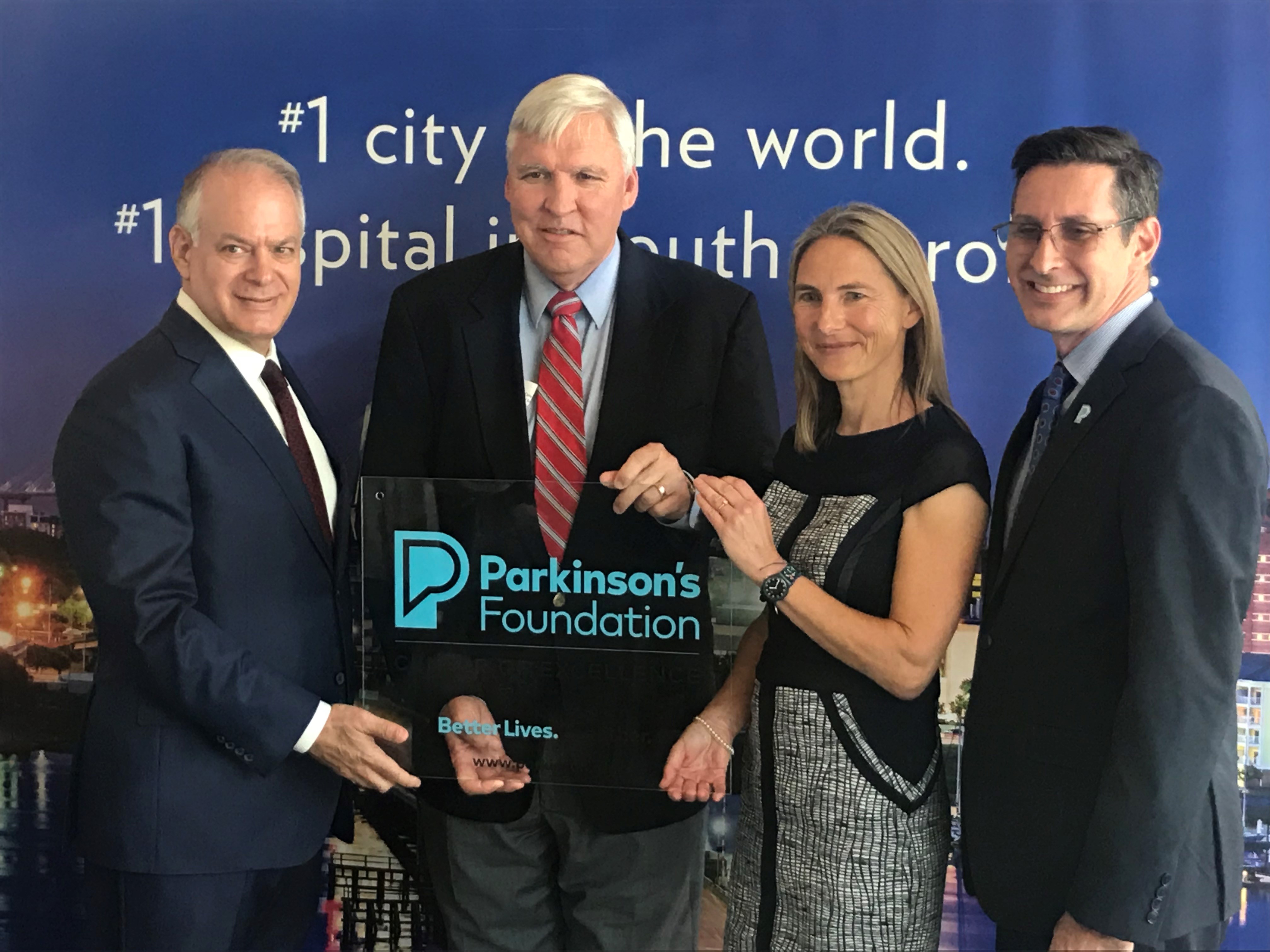January 2, 2019 – I continue to get asked where we are in the commercial real estate cycle, with a good bit more urgency after the last tumultuous weeks. So much of where we are going as an economy is better understood by a quick explanation of where we have been.
2018 experienced the long anticipated increases in interest rates throughout the year. While rates are still low compared to historic levels since 1979, when I began my career, we have been spoiled by short term rates at almost zero and long rates, under 4 percent. Cash deposits have earned almost nothing compared to over 2% today. Low borrowing costs motivated both corporate and individual borrowers to drink deeply at the debt trough for a long period, increasing the amounts of government, consumer and corporate debt, all over the world, to record levels. When borrowing costs go up, commercial property values tend to decline as investors still rely on debt for 50 to 80% of their capital stack. Properties have reduced cash flow after servicing more expensive debt. Conventional bank and life company lenders have become more selective on both borrowers and collateral, while there has been an explosion of new lenders for higher proceed loans and less than super core assets, injecting a bit more risk in the market. The REITS have been mostly out of the acquisition business for much of the year as their stock prices have declined and dividend yields increased. Professionally managed funds are loaded with cash awaiting placement, but slow to deploy capital given the cloudy future. No one wants to time new investments incorrectly, but the funds cannot sit on the sideline forever.
The sticker shock of new higher rates, even given the recent slight decline, has slowed the purchases of bigger ticket items like homes and cars. When buyers pull back from new home buys, apartment rents and occupancies rise as demand grows. People have to live somewhere, and our housing affordability crisis continues to grow.
The long prophesied retail apocalypse was delayed this season as retailers experienced the best holiday sales in six years. We still need a serious culling of retailers, but brick and mortar retailers who are enhancing their online and delivery strengths did well, while digitally native or online retailers keep adding more brick and mortar stores. Consumers had extra money generated through wage growth, gas price reductions and tax breaks. More cash quickly turned into more sales especially for clothing and home décor. Demand for restaurant space and service users continues to be strong as our economy shifts, while online retail sales keep growing. Top tier malls are performing well but secondary and tertiary market malls are suffering along with a declining department store industry. All retailers and retail property owners are rushing to enhance the experiential component of shopping to continue to capture consumer participation. Those that do are prospering and expanding, while those that don’t are withering. Our retail world is evolving, as it always has.
Industrial real estate continues to be the shining star amongst the asset classes with the continued expansion of demand for distribution capability of online retailers. Fulfillment and logistics centers continue to absorb space at a rapid pace with growing demand driving rental rates and development. Last mile sites like our District 79 project in Doral, are poised to succeed even amidst a slowing overall economy.
Limited office development has seen office occupancy increase, with the only giant demand increase coming from co-working facilities that today are probably the largest office space users in the nation. Even growing office users are shrinking their footprints as individual offices continue to decline in size.
Operating businesses with a real estate component like hotels and self-storage performed well, but both have seen huge additions to supply over 2018 likely leading to some pricing pressure in the year to come.
The stock market decline and volatility in December seems to have had little impact on short term consumption, but clearly is driven by caution regarding of what lies ahead. Professional money managers just aren’t sure how many more of the political “bombs” the economy can withstand. The government shut down, the fight about funding the wall, Cabinet exits, trade wars, a shift in House control, the Mueller investigation, the Twitter war, and on and on and on cause people to worry about what comes next in the United States. Leadership in so many other countries is highly unpredictable as well, causing concern as investors exit the public markets and hold cash, which now can earn a little yield, while waiting out the period of uncertainty. Political instability may be the driver of the next market correction, even while the economy continues to perform fairly well, with low unemployment and strong profits. The nightly news has turned into a daily horror movie with journalists taking sides in a way never seen before at anywhere close to this level.
After a peace time economic expansion now well in to at least the tenth year, the public equity market volatility is clearly telling us that bigger money investors are nervous and might watch for a while until they get some clarity on the future. Trees really don’t grow to the sky, and after long periods of growth, our economy tends to regroup and consolidate and even soften, as one cycle ends and another begins. Asset prices have certainly come down in many cases, and that is tempting many back into the market, just like there are often buyers just after big market declines. The question is what’s next and when?
High liquidity amongst investors will likely temper any major downward pricing adjustments, but some continued softness is expected in 2019. A crash is less likely than a continued slow down. Capital is raised and primed for deployment quickly as real investment yields after the cost of debt service improve, and especially in higher growth markets where a story can be told about what is driving the potential for over performance. So yes, I’m a bit concerned and nervous, but as a brand new grandfather for the first time, that is a distinct part of my job description. Nervous markets make investors of debt and equity capital more selective and we can expect choppy waters in 2019, with special opportunities awaiting the best prepared investors. The year ahead will require even more patience, discipline and focus than normal, but buying when others are watching is always an opportunity.
_____________________________________
At Terranova, we acquired a large industrial property in the last days of 2017 leased back to the Fortune 500 user for two years as we prepared for a major development. The deal was a clear recognition that investments over the next few years would require us to create value through development activity versus many years of buying existing assets. We sold a new McDonald’s scraped and rebuilt land lease, refinanced our gas station portfolio as we got ready to do one of our own scrape and rebuilds, adding a full tunnel car wash. Our Lincoln Eatery food hall just off Lincoln Road is poised to open in the next weeks. At year end we added one more building to our Coral Gables Miracle Mile portfolio and refinanced all the buildings as well. Leasing was better in 2018 than the prior year, and we have several large developments in the pipeline. Debt and equity capital have been readily available on our projects but closing the transactions have been a lot more work, we think as a result of overall nervousness.
Stephen Bittel


